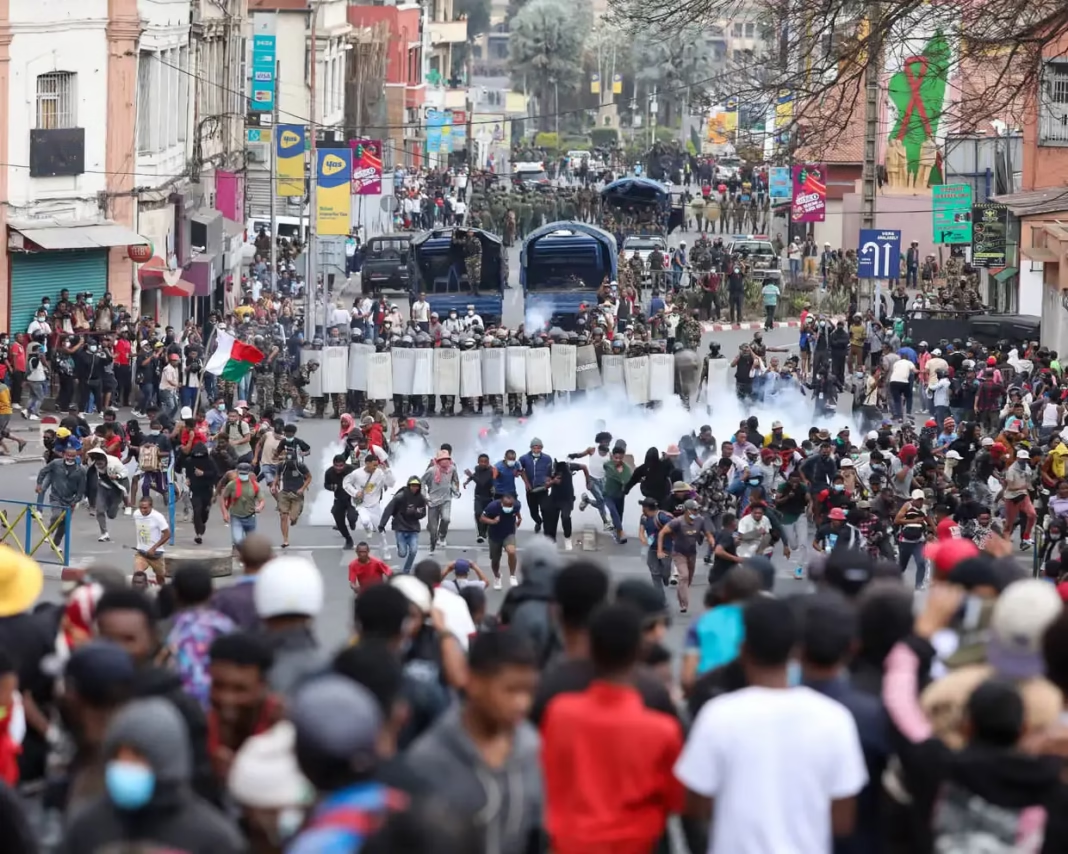Antananarivo, Madagascar — Mass protests led by young people, often referred to as “Gen Z,” are escalating in Madagascar as demonstrators demand the resignation of President Andry Rajoelina. The anger is fueled by worsening shortages of water and electricity that have crippled daily life across the island nation.
According to the United Nations, at least 22 people have been killed and nearly 100 injured in clashes between security forces and protesters since the unrest began. The violence has drawn international concern, with human rights groups urging restraint and dialogue.
Observers note that similar youth-led protests in other countries have recently forced political change. In Nepal, for example, student- and youth-driven demonstrations earlier this year prompted a government shake-up. Analysts say one reason change occurred in Kathmandu but not in Antananarivo is the differing response of security forces: while the Nepal Army largely refrained from firing on protesters, in Madagascar, the military and police have been deployed to back the government.
Some experts also draw parallels with parts of southern Africa, where militaries have often been used to shield ruling elites from dissent. “The army’s loyalty is decisive. In Madagascar, the armed forces are standing with the president, not the people,” one regional analyst explained.
With public frustration deepening and the younger generation demanding reform, the question now is whether the protests will grow into a nationwide movement capable of reshaping Madagascar’s political future—or be contained by force.
SOURCE : DT | Follow Us: Facebook | Instagram | Twitter | Youtube |



